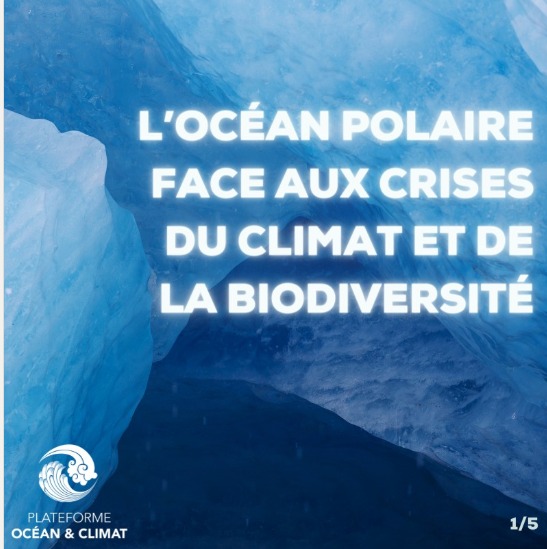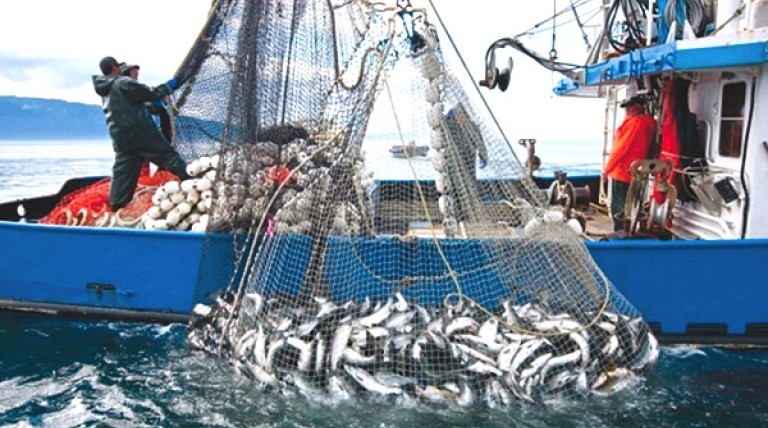This thematic dossier was created thanks to contributions from members of the Ocean & Climate Platform, who provided educational resources and media content from CNRS, the National Museum of Natural History, Ifremer, the Tara Ocean Foundation, UNDER THE POLE, Polar POD, and Ifremer.
Polar regions cover 20% of the ocean’s surface. In the north, a relatively small ocean of 13 million km² — the Arctic — is surrounded by land from Alaska to Canada, Siberia, and Greenland, where nearly 4 million people live. In the south, the Southern Ocean (or Antarctic Ocean) surrounds a desert continent: Antarctica. It is crossed by the world’s most powerful current, the Antarctic Circumpolar Current (ACC), which circulates through all the ocean basins on the planet.
Though unique and different, both poles play a central role in oceanic and global climate functioning. They have much to teach us about our climate history and future. Indeed, as true sentinels of climate change, polar regions are warming faster than anywhere else, causing unprecedented ice melt. The Arctic Ocean has warmed two to four times faster than the rest of the world, with ice melting at levels unseen for millennia.
Physical and chemical changes in both the Southern Ocean and the Arctic have consequences on crucial processes for global climate, sea level rise, and weather patterns. For example, the melting of the Greenland and Antarctic ice sheets, which hold most of the Earth’s freshwater, has the greatest potential to raise sea levels.
Arctic Ocean vs. Southern Ocean: What’s the Difference?
Located about 20,000 km apart and geographical antipodes, the Arctic and Antarctic poles may seem similar at first glance.
So how to tell them apart? The Arctic, at the North Pole, consists mostly of an ocean covered by sea ice (the ice pack). The Southern Ocean, at the South Pole, surrounds Antarctica, a large continent covered by an ice sheet.
Role of the Polar Ocean in Climate and Impacts of Climate Change
As integral parts of the planetary system, polar regions are at the heart of global climate. Connected to the rest of the planet by a single, global ocean, they influence global ocean circulation, atmospheric warming, and the carbon cycle. Sea ice also affects climate and weather conditions worldwide. Glaciers and ice sheets, which contain a large portion of the planet’s freshwater, strongly influence ocean circulation and sea level rise.




